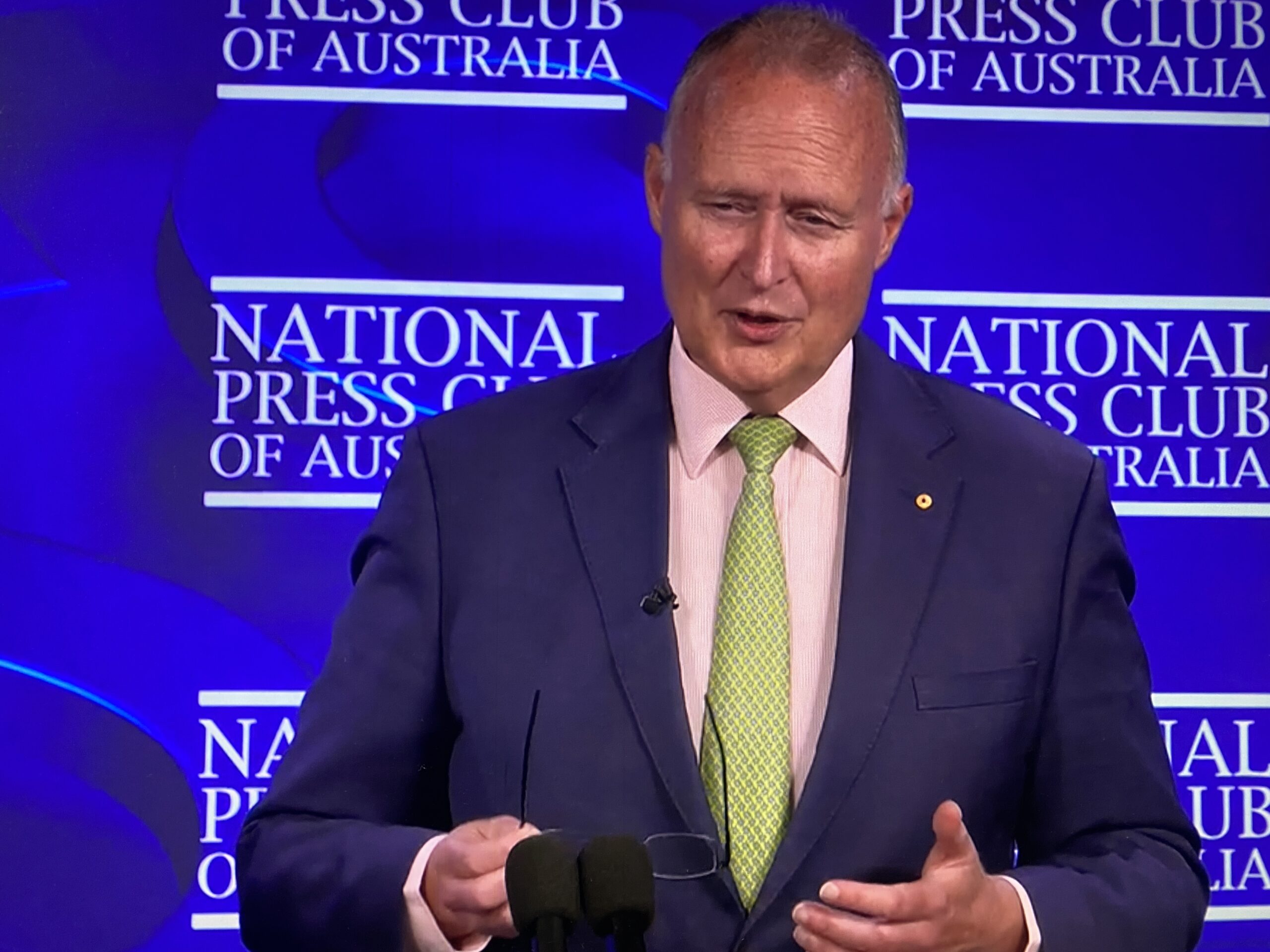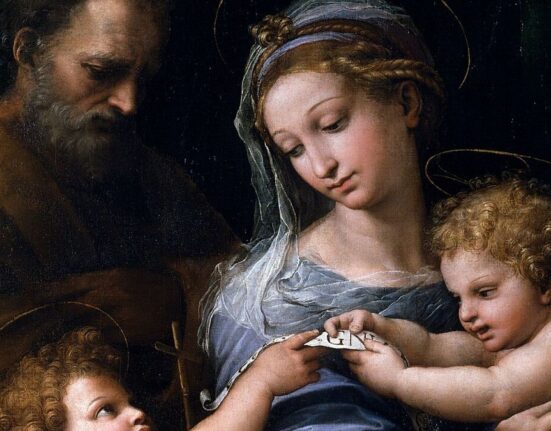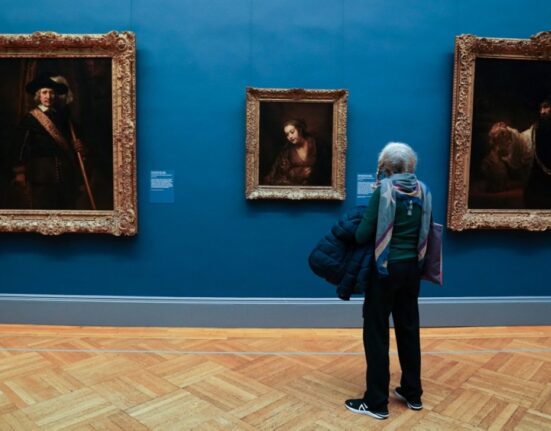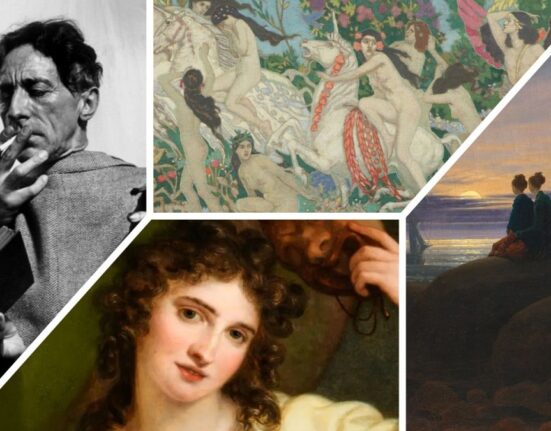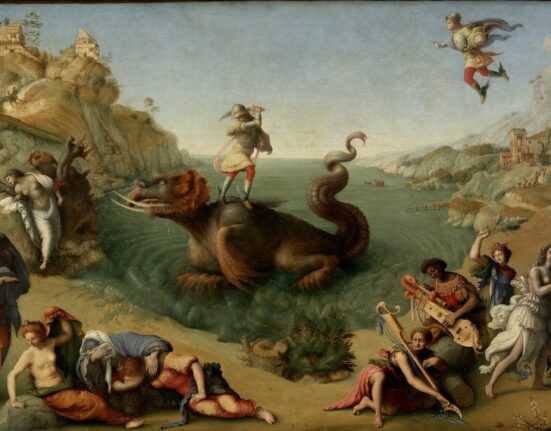Today (Wednesday 15 November), Rupert Myer AO delivered a National Press Club Address on the theme, ‘Becoming a Cultural Powerhouse’.
Myer has long been respected for his helicopter view over the health of the arts and vision regarding the sector, offering sound advice to reshape it, often coming in the wake of tough times. His most current address was no different. It was delivered 20 years on from the Australian Government’s Inquiry into the Contemporary Visual Arts and Crafts Sector (2002) – colloquially known as the Myer Inquiry – which painted a picture of a sector stretched to breaking point in the 1990s.
When Myer makes an observation about the arts, the sector usually listens. So what are his observations two decades on?
Money derails the more important conversations
‘I think there’s a risk, sometimes, that arts and cultural conversations all come down to the money question,’ said Myer. ‘I get it. Obviously, there does need to be a respectable level of investment, and investment gives hope, and there are all sorts of other outcomes from it.’
He added that what’s also required, however, is ‘actually getting the conversation into another place – getting the recognition that arts and culture really matter as part of a discussion about national identity, and to not have arts and culture get lost in the context of everything else that Australia is famous for’.
Read: Who will lead the next Myer Inquiry into the visual arts?
One of the ways to do that – and a key pillar of Myer’s address – was the call for a National Cabinet approach. Currently topics of arts and culture are only dealt with within the arts portfolio, which doesn’t give the opportunity for those ideas to be expressed more fully across the whole of government, continued Myer.
‘I urge the members of National Cabinet, our Prime Minister, premiers and chief ministers to commit to closer collaboration on their actions to champion Australian creativity and culture. A concrete way of doing this would be to elevate the existing meeting of cultural ministers to a formalised Ministerial Council, reporting annually to the National Cabinet as the critical authorising environment,’ recommended Myer.
‘This elevation would be a transformative step to give higher priority to the nation’s cultural needs. Crucially, this new Ministerial Council should be tasked with developing an intergovernmental plan for long-term collaboration … with a multi-decadal remit across workforce and infrastructure outcomes. Importantly, they should be explicitly non-partisan, and local government must have a seat at the table.’
It was one of several calls to action outlined by Myer.
Four calls to action to meet powerhouse status
Myer started his address by referring to current Australian Bureau of Statics data: ‘82% of Australians reported attending cultural events and venues. To put that 82% in context, in the European Union it was 64%,’ he said.
While that may suggest Australia is well on track as a cultural powerhouse, Myer’s report card said that it needed ‘work to be done’. He turned to two examples: the children’s book and TV series, Bluey, for having international success without having to badge itself as overtly Australian, and the newly opened Australian Embassy in Washington DC (US).
Myer described the latter’s architecture as signalling ‘an expression of Australia to the world – clearly differentiated from the surrounding civic architecture. The building is bold, contemporary, light-filled and welcoming,’ said Myer, adding that it is filled with artworks by artists who reflect Australia today.
This new Embassy ‘expresses Australia’s maturing cultural assertiveness and our desire to share a contemporary cultural identity with the world… We have now changed our style of thinking from striving to fit in 60 years ago, to now boldly asserting a distinct Australian identity,’ he said.
While embassy architecture may not resonate as a beacon for future direction, to those listening in the media gallery or at home, in a climate where arts organisations are increasingly under pressure and still feeling untethered in a post-pandemic environment, Myer insisted it offered a significant shift.
‘It tells us much about how Australia perceives itself,’ he continued, and is an important mindset gearing towards the Brisbane Olympics in 2032.
Myer’s four recommendations:
- the creation of a new Ministerial Council tasked with developing an intergovernmental plan for long-term collaboration
- the creation of a single, well-funded institution that leads Australia’s international cultural relations, similar to the Japan Foundation, the Korea Foundation, Germany’s Goethe-Institut and the Alliance Française
- to use, more effectively, the cultural assets that our nation possesses, and
- to recognise the role that Australia’s cultural and creative industries can play in addressing the nation’s most complex and pressing economic matters.
With regard to establishing a new institution on the international stage, Myer reported, ‘Australia is the only nation not to have an organisation of this nature.’
He continued: ‘Australia should explore what model works for us, ideally through a study commissioned by the Ministerial Council. We can’t rely on a multi-agency approach to this critical function. Others have advocated for an institution of this type to be added to our cultural architecture – to give demonstrable representation to the world of Australia’s cultural maturity, and I’m pleased to join the chorus. This is essential for any mature economy.’
What does a cultural powerhouse look like?
Myer delivered another series of bullet points – call it a report card – to describe what he pictured a “cultural powerhouse” would look like. Each of these he ascribed the health check as “work to be done”, with only public engagement receiving a tick. A cultural powerhouse will be when we have:
- a public that continues to show up in large numbers and take part in, and relish, arts and culture events
- governments at all levels that collaborate effectively and recognise arts and culture as an investment, not a cost
- a cultural and creative industry more than ready to own our own place in global arts and culture, and a business community that’s backing, supporting and investing in culture and creativity
- a philanthropic community that recognises it has a key role to play (bravo to some, and work to be done for others), and
- broad and supportive media telling those stories.
Myer spoke a lot about this notion of a self-envisioned or self-fulfilling prophecy of power. ‘In the last decade, cultural diplomacy has been rebranded as soft power. In fact, there is nothing soft about it. It is very serious business, and we underestimate its forcefulness,’ said Myer.
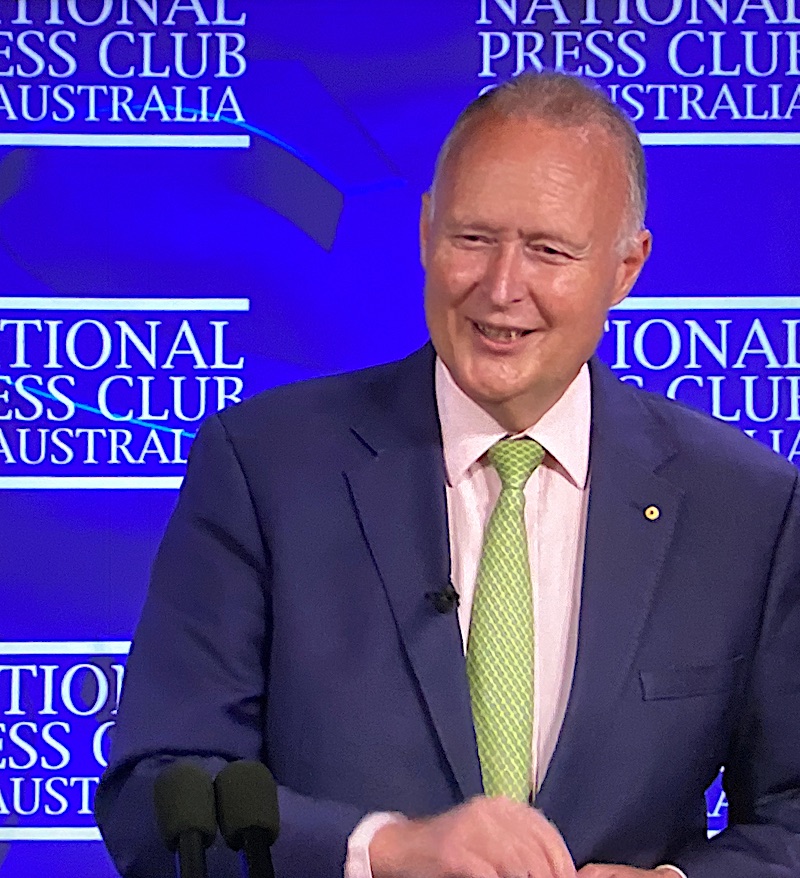

He believes that by better activating our national collections – rather than offering cultural engagement as an add-on program for business visitors – we should be using that cultural engagement to present us in a position of power, at a minimal cost.
Myer said it is a demonstration of a ‘cultural powerhouse that knows itself deeply; it knows what it has and how to effectively press its advantage’.
It is a point in sync with his other recommendation that Australia needs ‘to better recognise cultural and creative industries as drivers of ideas, adaptation and connection, but also for their creation of economic opportunities, for our nation and [workforce of] more than 700,000 people’.
‘This is Australian industry now. And the opportunity exists to harness these benefits to build Australia’s future. Let’s not treat them as “a nice to have”, but instead take a policy and investment approach that properly reflects the cultural, social and economic benefits they bring to people’s lives,’ Myer said.
He added that when it comes to better recognition of homegrown talent, and the achievements of our creatives on a global stage, we are quick ‘to get excited when an Australian turns up as the head coach of an English Premier League team’, but we need to afford our creatives the same recognition.
This is one of the ways in which we require a more engaged broad media, said Myer. ‘What we really want is a conversation that changes the status of arts and culture. Last year in the budget speech, it was the first time that arts and culture were mentioned in the bit that went to television. That’s a very major achievement. Maybe our ambition is it gets mentioned twice next time, that it has a bigger place in the way in which everything is considered.
‘We have a point of difference,’ Myer reminded gathered media and suggested they celebrate that better. He added that, like the new Australian Embassy in Washington and Bluey, we can be ourselves and don’t need to parade our Australian-ness, but rather that it is ‘an exercise of cultural confidence and our creative strength as a mature nation of the 21st century’.
Giving the corporate sector a nudge
Myer also paid a nod to the growth of philanthropy in the creative sector, but made a push to corporate Australia to become more engaged with cultural sponsorship. ‘Corporate Australia, you should think of your cultural sponsorships as among your most prized assets. They enhance your brand, your reputation and your value as a business,’ said Myer.
‘How is it even possible that global businesses operating in Australia with billions of dollars of contracts don’t see either the obligation or the economic and strategic advantage to them in investing in this country’s arts and culture?’
Myer continued that the launch of the National Cultural Policy this year signals new momentum around the country, alongside the major new cultural and creative industry policies in development in states and territories and local governments. ‘However, we need a sustained vision beyond any single government. This vision must be confident, committed and coordinated, to take us to where we can, and should be. We need purposeful cross-government investment. And we need bold, integrated and future-focused policy settings that recognise the role arts, culture and creativity play in the lives of Australians and our economy.’
Myer concluded by noting that what he is calling for is ‘relatively straightforward’. He encouraged the sector to keep talking to government and to their local members to ensure the arts have a seat at the table. ‘The voices through local government are really essential to have the whole of Australia speaking,’ Myer said.
Rupert Myer AO delivered this address at the National Press Club in Canberra, in an event jointly hosted by A New Approach.

